Tempo fencing is among the most essential skills a fencer could learn. It’s not just about the speed at which you move your blade or how fast you can lunge. It’s more concerned with timing and finding the right time to attack, defend, or counterattack in an encounter. If you’re looking to become a more sharp, better fencer, learning the art of tempo fencing will change your approach to every game.
This guide will provide all you should be aware of about tempo starting with what exactly is tempo fencing, to discussing the various types of fencing and removing any confusion regarding the meaning of temporary fencing in non-sports contexts. We’ll also go over what’s the most difficult form of fencing and provide the steps to aid you in mastering your timing.
What is Tempo in Fencing? Understanding the Rhythm of the Duel
In essence, tempo in fencing is the timing and the rhythm of your movements about your adversaries. It’s the moment that you decide to start your move, regardless of whether it’s an attack, parry, or an inverse.
Contrary to many other sports in which speed is all that matters fencing demands that you make sure that you synchronize your moves. Imagine playing chess however instead of pieces you are playing with blades and the correct timing could win the game.
Why is tempo so important? Because fencing is an action that requires split-second reactions. If you strike too early or at the wrong time, you could easily counterattack or parry. Learning fencing tempo means that you hit ahead of your opponent is expecting it, making it virtually impossible to defend.
A Personal Anecdote About Tempo
I was able to watch an event in the local fencing community in which a young fencer called Mia completely altered the course of play with her timing. The opponent was quick and aggressive, advancing continuously. However, Mia was patiently waiting, studying the pace. She was able to catch her opponent when he started to extend his reach and was able to land clean strikes every time. Her precise timing fencing was the key to her victory-she won the game with a calm method and a strategic approach instead of speed by itself.
The Science Behind Tempo: How Timing Changes Everything

Understanding timing isn’t only about innate ability; it’s about the ability to perceive and anticipate. Fencers employ subtle signals such as the body language of their opponent’s blade angle, body language, and foot position to tell the best time to move.
- The initial time is usually the first attack.
- The second time is a counter-attack, or riposte following the parry was successful.
- Sometimes, a fencer employs a “false tempo” to deceive the opponent into advancing faster.
The layers of time add complexity to fencing and create an intriguing mix of athleticism and mental skills.
What Are the 3 Types of Fencing? Weapons and Styles Explained
Fencing isn’t an all-inclusive sport. It’s broken down into three major disciplines with distinct weaponry, target areas, and rules. The variations in these disciplines affect the way you use the tempo fencing in various ways.
1. Foil Fencing
Foil is regarded as the most precise and technical method of fencing. The range of the target is limited to the torso. Points are scored using the blade’s tip.
- Rules for Right-of-Way define who will get the advantage when simultaneous attacks.
- The timing here is crucial — a single, well-timed speed will determine the result.
- Foil is a game of patience and strategic playing where regulating the pace means controlling the fight.
2. Epee Fencing
Epee differs in that it allows strikes anywhere on the body and doesn’t have rules regarding right-of-way which means double strikes are considered to be a fencer’s hit for both.
- The weapon is heavier and fights are often slower techniques and are more cautious.
- Timing changes from fast attacks to the precise timing of when to strike safely.
- Learning the art of tempo fencing in epee means you can recognize when your opponent is in a position that puts them in danger.
3. Sabre Fencing
Sabre is the quickest as well as the most aggressive of disciplines aiming everything that is above the waist.
- It makes use of both cuts and thrusts, which makes the blade work extremely active.
- The pace is fast and relentless which requires instant reaction.
- Fencing in tempo in Sabre requires lightning-fast decision-making as well as the capability to take the initiative.
What is Temporary Fencing Called? Beyond the Sport
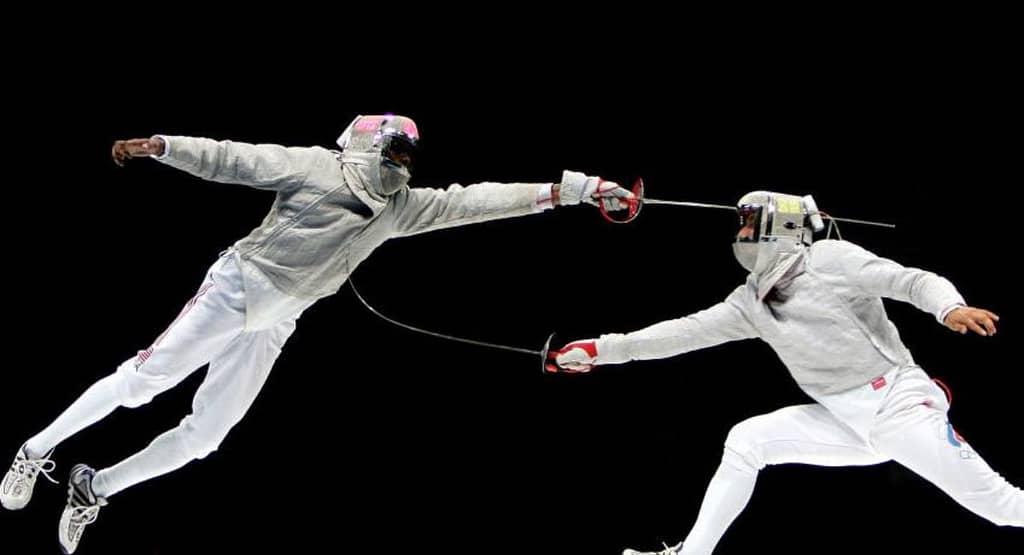
It is possible to ask, “What is temporary fencing called?” This question frequently pops up in contexts that aren’t related to the sport.
Temporary fencing is a term used to describe temporary barriers that are used to construct areas, crowd management, or events. They are commonly referred to as:
- Temporary barricades
- Construction fencing
- Event fencing
They’re made of plastic or metal and are simple to put together and take down intended for use in short-term situations. This is different when it comes to fencing being a sport however knowing the terms aids in defining conversations and searches.
What is the Hardest Type of Fencing? Examining the Challenges
When it comes to discussing which is the toughest kind of fencing there are many opinions however, many experts suggest fencing with sabers.
- The speed of light requires instantaneous decision-making.
- The constant vigorous moves make little time for hesitation.
- Physical endurance and quick reactions are vital to stay on top of the game.
Foil requires greater accuracy and a tactical approach while epee requires careful timing and discipline to avoid double hits. Each of the disciplines requires different skills, however, the speed of sabers makes it the most difficult for novices.
Step-by-Step Guide to Mastering Tempo Fencing
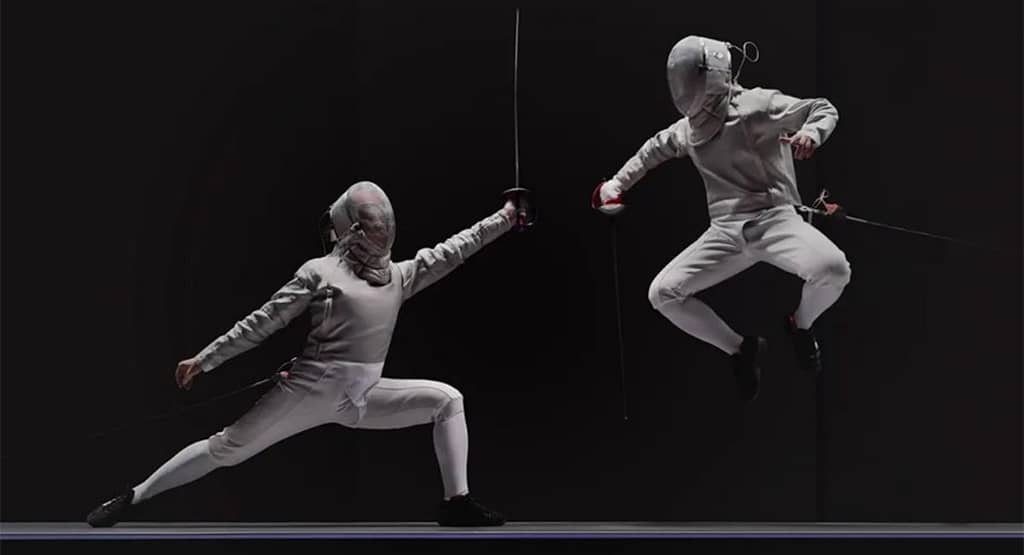
Are you looking to improve your timing? Use this simple plan to improve your time-fencing ability gradually:
Step 1: Master Your Distance
Understanding the proper space between yourself and the opponent is vital.
- Do a few lunges and then retreat to determine your perfect strike range.
- A distance too close to or far can disrupt timing.
- Make use of drills in conjunction with a partner to keep a constant distance.
Step 2: Improve Your Reaction Time
Develop reaction speed by doing specific exercises:
- Use timers or reaction balls to react to sudden cues.
- Train with a coach who changes their pace without warning.
- The objective is to be able to predict and then move at the exact moment when your opponent is about to start.
Step 3: Develop Blade Control and Feints
Learn how to manipulate your opponent’s blade, and also your rhythm:
- Learn to practice feints and fake attacks designed to cause your opponent to react quickly.
- Mix up a few feints and shifts in speed to alter their pace.
- Regular drills focused on the precise movement of blades are vital.
Step 4: Enhance Footwork Speed and Agility
Your feet determine the speed of your blade.
- Quickly advance, slow retreats as well as side step.
- Include agility drills such as cone drills and ladder drills.
- A strong footwork can help you attack or defend at an optimal pace.
Step 5: Vary Your Rhythm and Timing
Avoid predictability:
- Alter when you are attacking.
- Mix speedy attacks with slow, deliberate moves.
- Your opponent will be kept guessing the next move you make.
Step 6: Perform Sparing Timely, focusing on Timing
Practice makes perfect:
- Utilize sparring sessions to test and improve your perception of the tempo.
- Examine your bouts to determine the moments that your timing performed or did not work.
- Watch videos, if you can, to understand your opponent’s moves.
Essential Equipment to Support Your Tempo Fencing
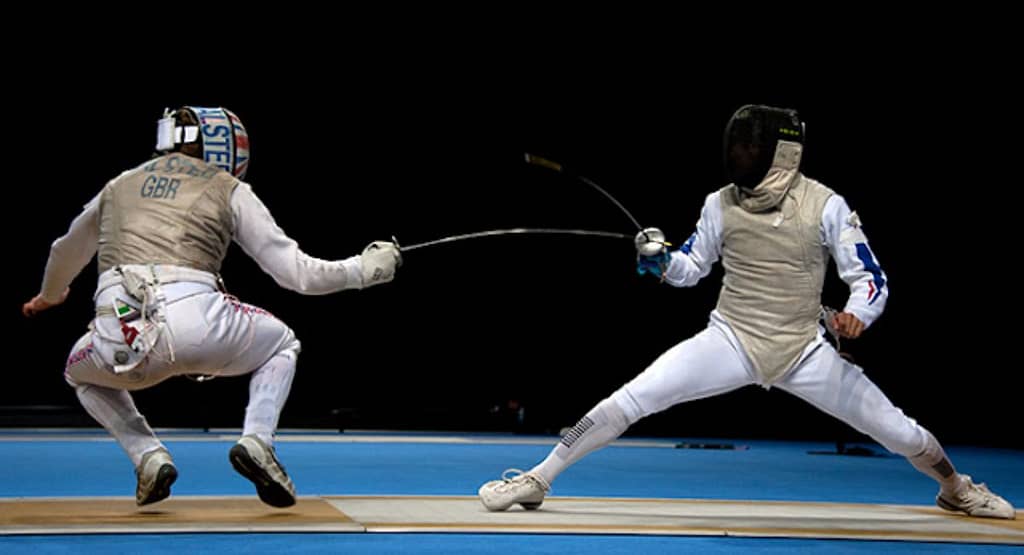
Investing in the best fencing equipment can enhance your fencing experience
- Blades with a lighter weight aid in speed improvement and control.
- High-quality fencing footwear enables quick and precise footwork.
- The right protective gear gives you the freedom to move and confidence.
- Training aids such as react timers or apps can help sharpen your reaction time.
A good set of equipment can help you focus on achieving your goals in the art of tempo fencing without being impeded by the discomfort of uncomfortable gear or unwieldy equipment.
Frequently Asked Questions About Tempo Fencing
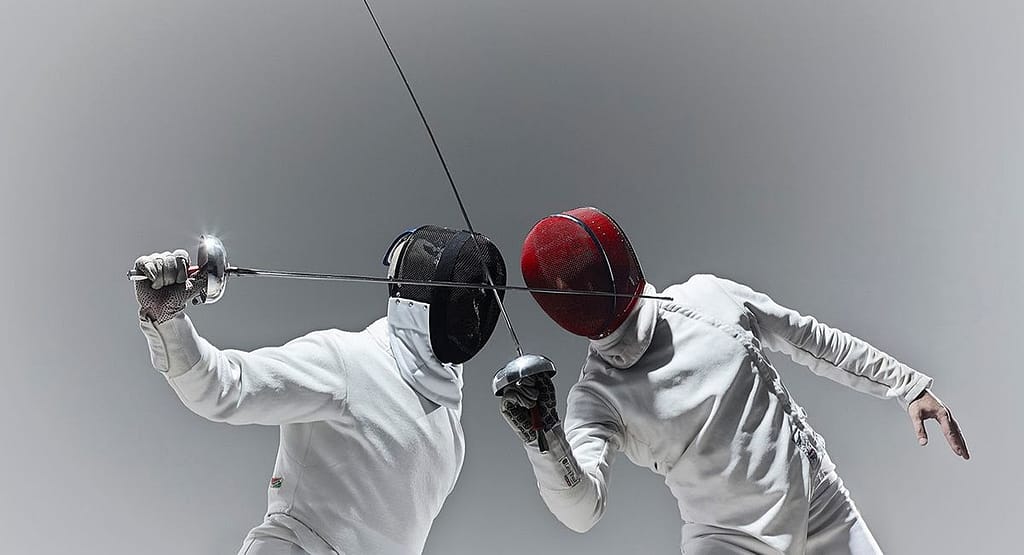
Are you able to teach tempo novices?
Absolutely! As the natural reaction speed differs everyone can increase their ability to increase the speed of tempo fencing through regular training and practice.
Does tempo apply to the fencing weapons?
The fundamental idea has the same concept, however, the method of application differs among foil, epee, and Sabre due to the different rules and speeds.
How long will you need to learn your tempo?
It’s all about the frequency of your training, but many fencers notice gains after a couple of months of consistent training.
Conclusion: Why You Should Focus on Tempo Fencing Now
The art of mastering Tempo fencing is like learning the secret language of the game. It transforms your game from random attacks into calculated and winning strategies. When you understand the timing, rhythm, and strategy, you’ll become an unbeatable opponent, regardless of which fencing technique you choose.
Train the timing of your opponent and buy high-quality equipment. If you are patient and persistent your ability to discern and manage the pace of a match will distinguish you from the crowd.
Are you ready to push your fencing skills to the next step? Get started on your pace fencing now — and watch your skill and confidence increase!
Additional Resources to Explore
- What is Tempo in Fencing? — USA Fencing
- Types of Fencing Weapons Explained — FIE
- Temporary Fencing Uses and Types — Wikipedia
- Sabre Fencing: The Fastest and Toughest Discipline — Olympic Channel
Are you ready to master fencing? Find the best fencing equipment to perfect your Tempo fencing now!
Learn More About SPORTS

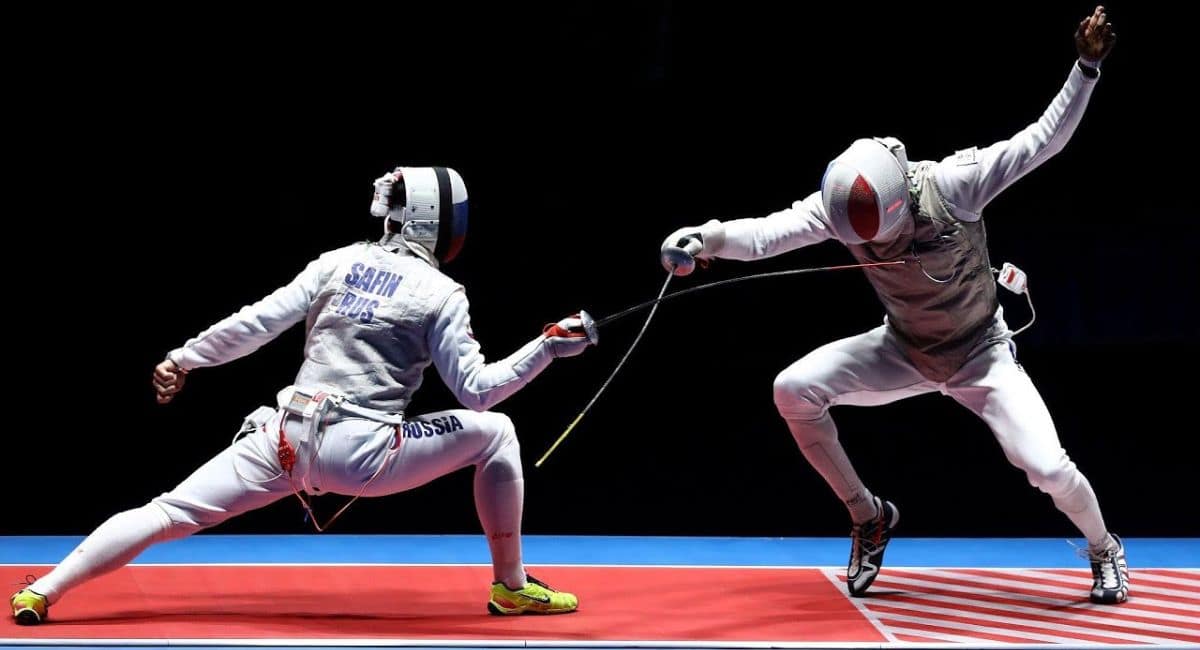
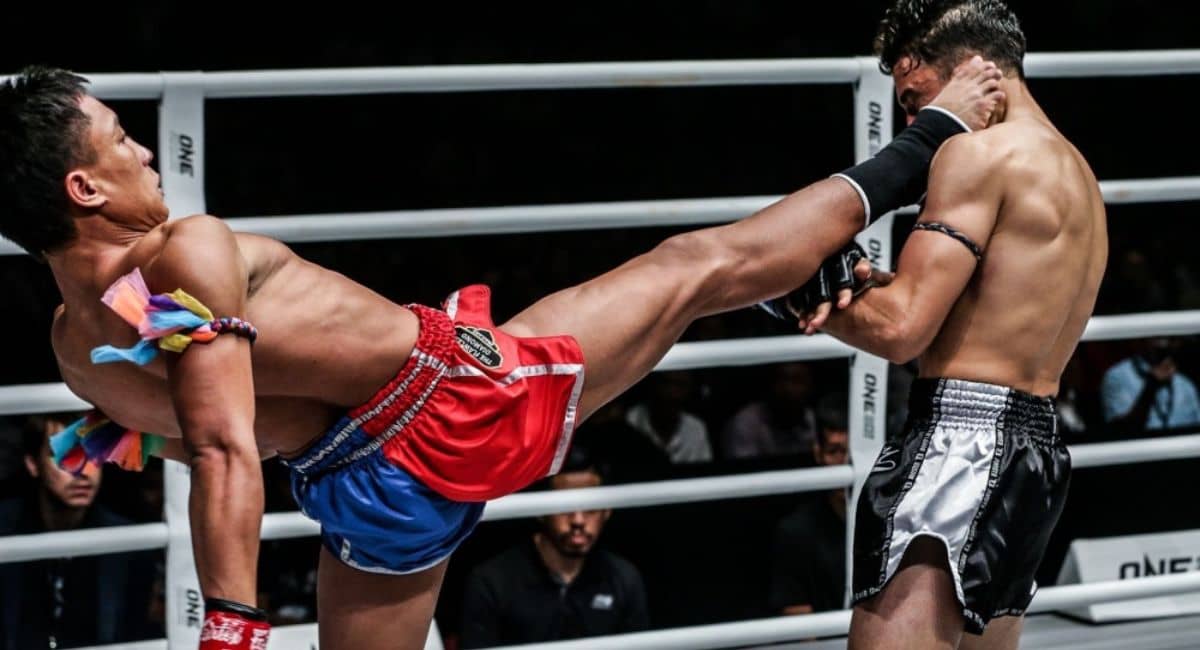
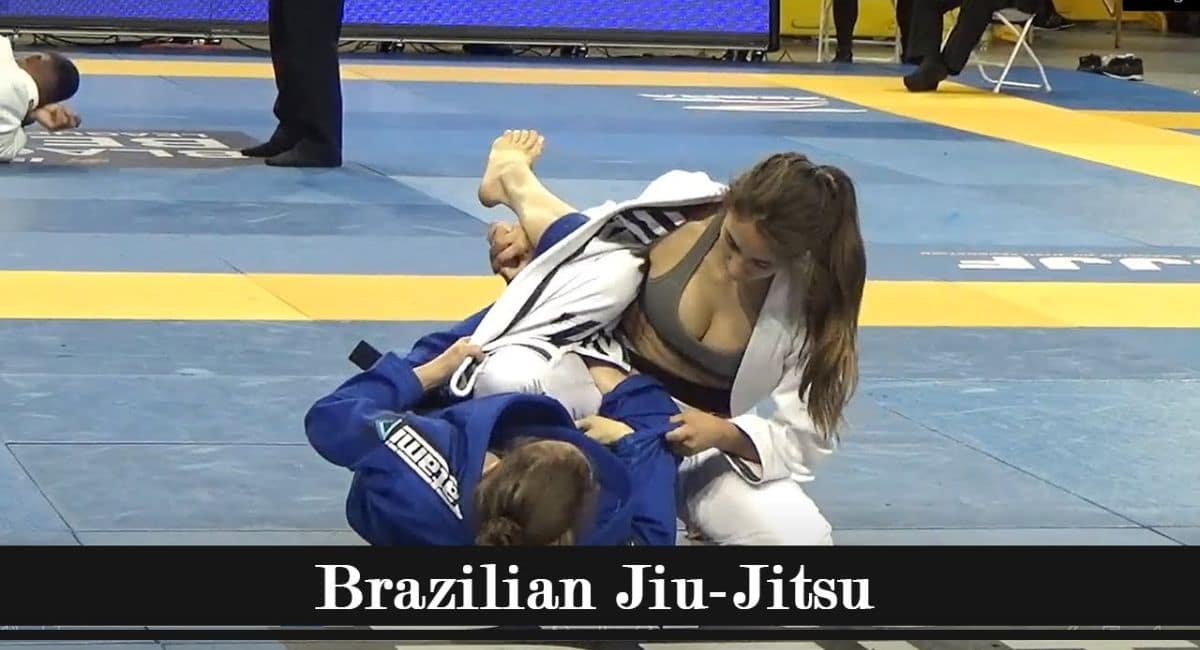
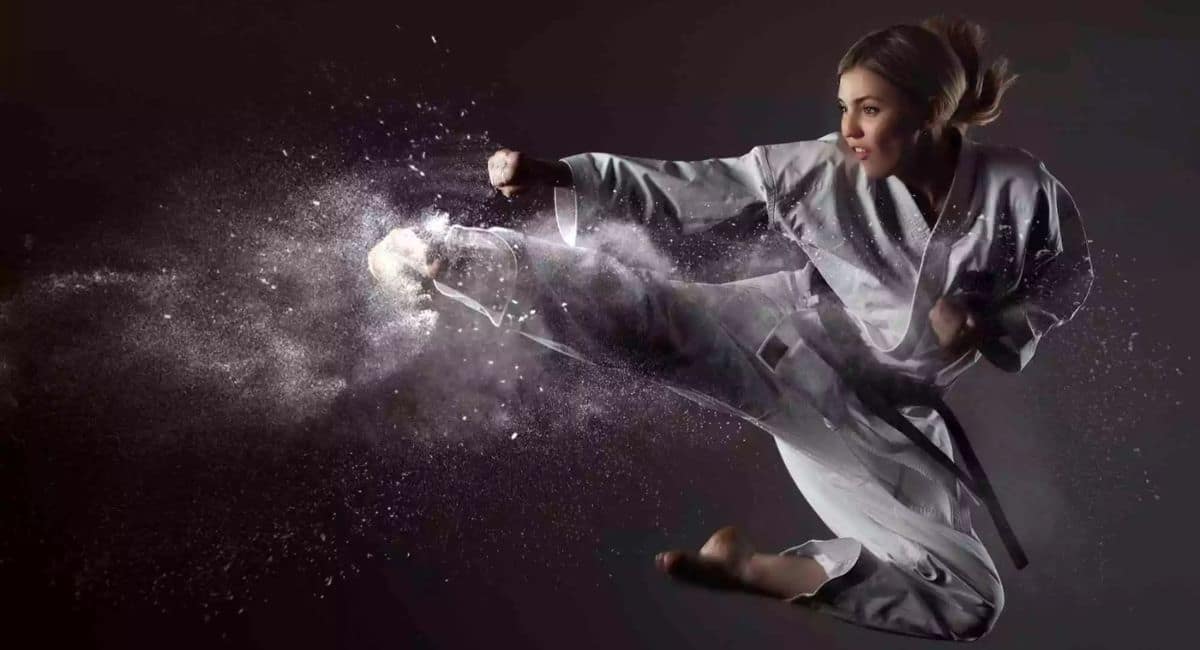


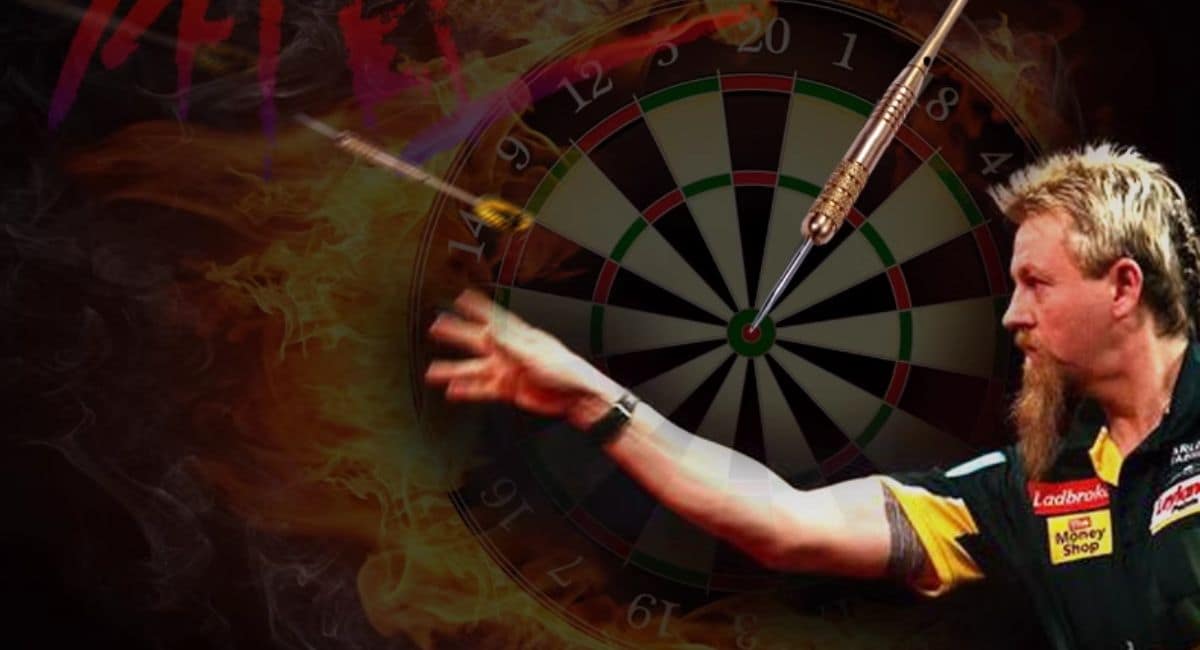
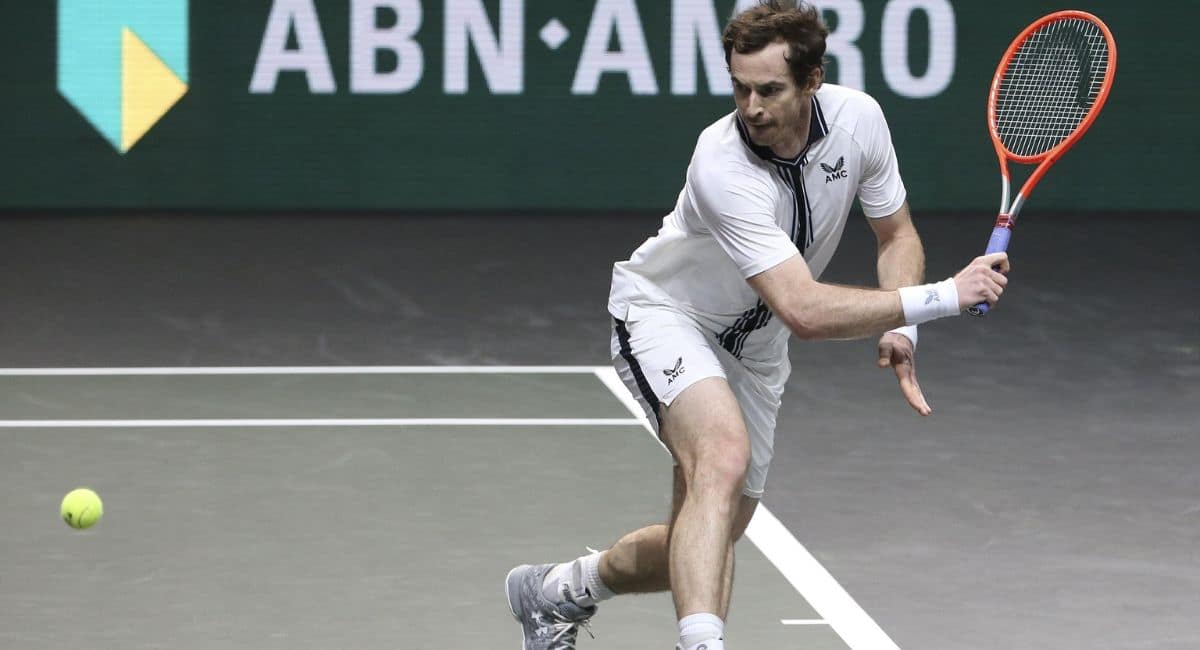
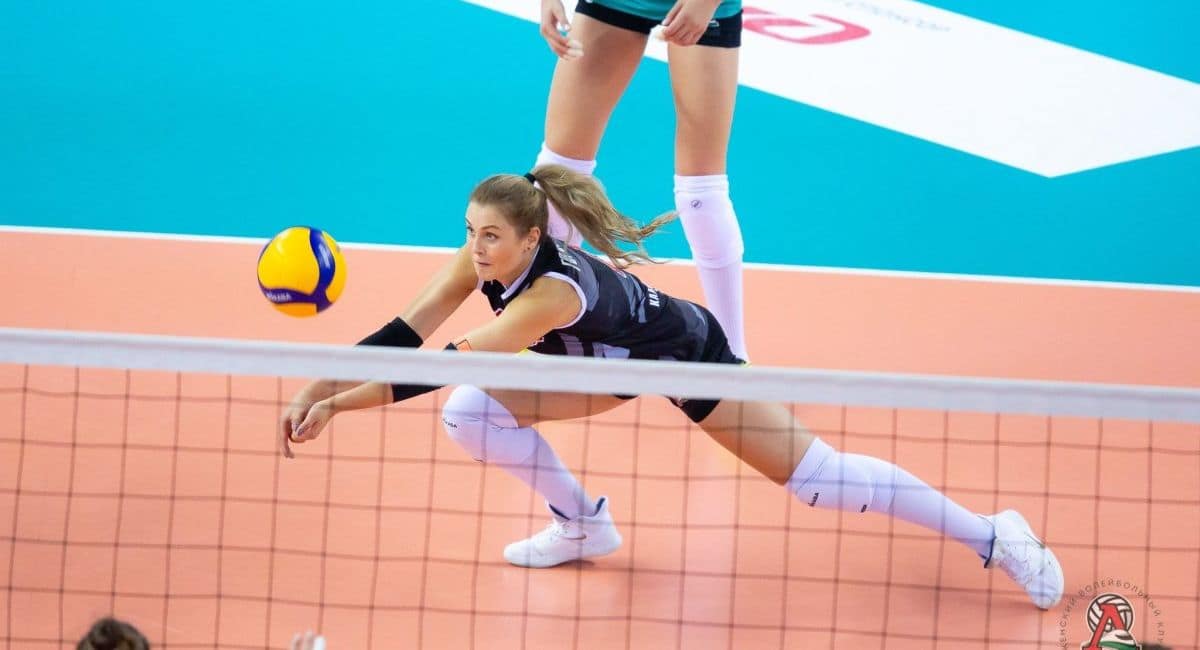
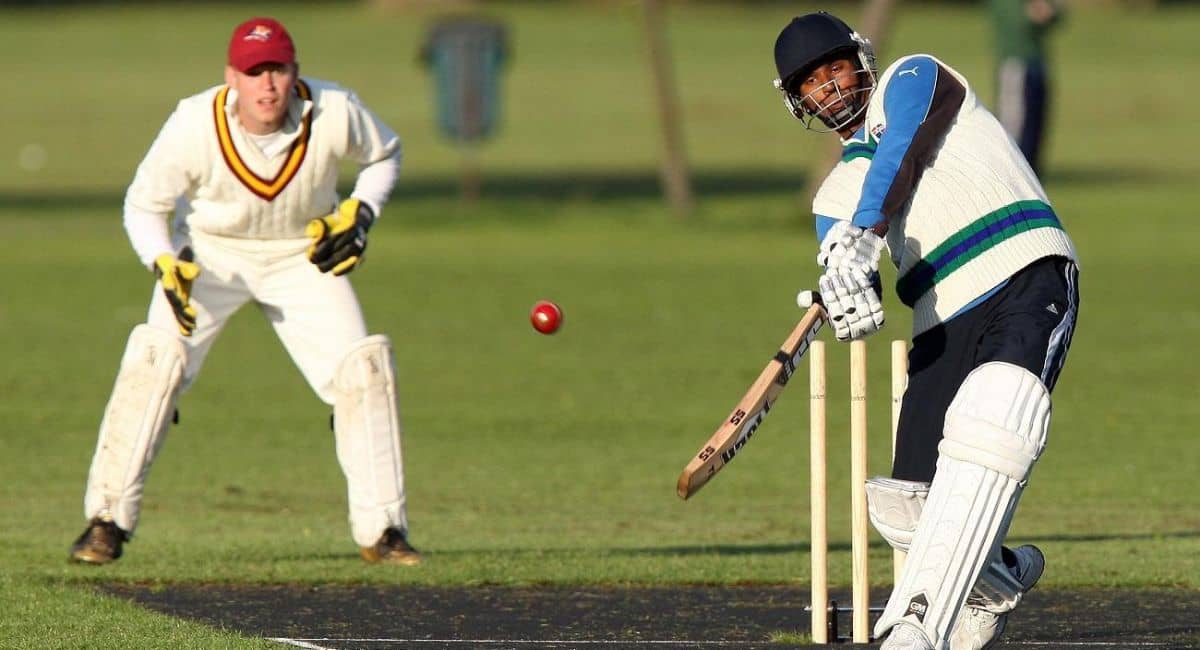

Leave a Reply